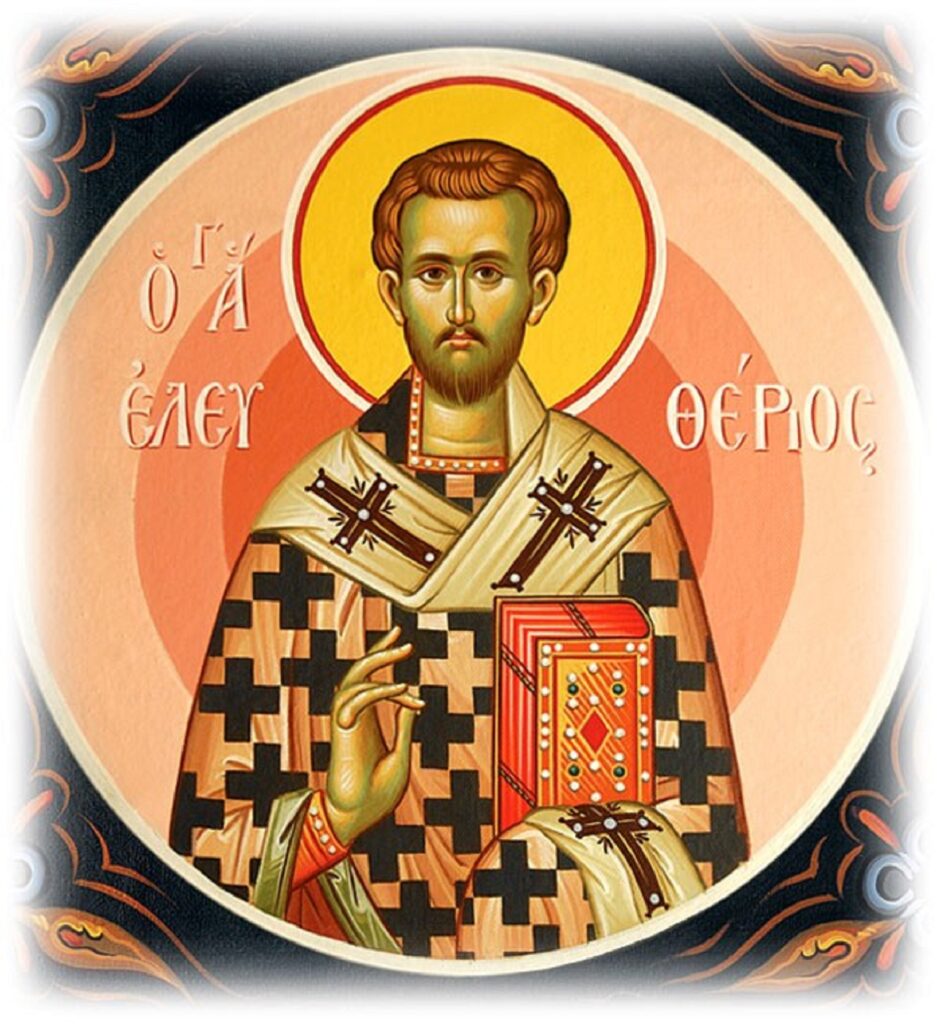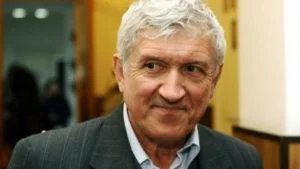International scientific cooperation on safety, reliability and eficiency of rail transportation (P)
- Ioan Bujor
- 26 septembrie 2019, 15:04

Dr. Yulia (Iuliia) Savushkina: researcher, scientist and executive in the rail industry. She is a Senior Professor of Innovations and Technologies, Artificial Intelligence and Global Economy at the Financial University under the Government of the Russian Federation.
International scientific cooperation in rail transport sector is currently aimed primarily at creating innovative systems of infrastructure monitoring and data processing. Railway companies are testing “smart” sensors to check the equipment condition and are using Big Data technology to collect data. International Union of Railways is an example of such cooperation. The union annually calls for proposals from member organizations and afterwards determines priority projects. Any organization, that was granted the right to elaborate its scientific idea, develops practical recommendations for other members of the Union. Russian scientific developments are presented in UIC by the leading scientific organizations: Railway Research Institute (JSC VNIIZhT) and Research and Design Institute for Information Technology, Signalling and Telecommunications in Railway Transportation (JSC NIIAS). Key activities of the institutions include their participation in UIC Asia-Pacific Regional Assembly (APRA). VNIIZhT researchers are working on the integration of regional ticket reservation systems and are developing modern techniques of track maintenance. VNIIZhT submitted a research proposal to study the ways of passenger service improvement in 2019. NIIAS researchers have been focused on developing recommendations to ensure the cybersecurity of rail transport and they are currently considering the possibility of developing UIC standard based on their research results. NIIA also submitted research proposal on using drones to monitor infrastructure. This advanced technology can be applied to monitor track superstructure integrity and engineering structures condition, to create 3D models of engineering structures, to register deviations from design parameters and to gather information on the incident in case of emergency.
JSC VNIIZhT is also а member of the International Heavy Haul Association (IHHA). The latter includes railway organizations from China, India, Australia, Europe, Canada and the USA. The IHHA is currently shaping the strategic vision of heavy haul rail industry development up to 2030. The IHHA members give the utmost priority to the increase and optimization of freight trains tonnage, automatic train running control, sensor-based monitoring of engineering structures and rolling stock. The latter can lead to the improvement of maintenance technique.
JSC VNIIZhT is focused on developing rational use of energy sources techniques. At present the IHHA basic activities include collecting data and sharing their expertise in the application of innovative technologies in rail transport sector.
The resolution which the members of the association are planning to present in June 2019 will not include any particular technical solutions, but, nevertheless, will provide guidance for scientific projects in the key areas.
The European Union Agency for Railways (ERA), in its turn, regularly publishes reports on the state of the rail system in the EU countries. According to the information provided, one of the major issues is railway safety. Although the number of rail accidents has been steadily decreasing, they still have an adverse impact on the efficiency of the rail sector. For that reason, in 2018 the ERA members adopted The European Railway Safety Culture Declaration, which presents the rail sector development strategy. High priority is given to the standardization of the Train Control System to ensure a higher level of railway safety. Another major focus of the ERA efforts is to develop breakthrough solutions to enhance the performance of the EU rail sector. Shift2Rail initiative is an important tool that will help to achieve these objectives. The initiative is а part of the EU Research and Innovation program Horizon 2020, approved by the European Commission for 2014-2020. Representatives of the European Commission and international corporations, among them Siemens, Thales and Alstom, supervise the implementation of Shift2Rail research projects on an ongoing basis. Shift2Rail aims to double the capacity of the European rail system and to increase its reliability and service quality by 50 % while halving the life-cycle costs. Shift2Rail research projects include intelligent innovative smart maintenance of assets, real time information applications for rail freight, observation and monitoring of train traffic and railway infrastructure.
The Association of American Railroads (AAR) is the world’s leading railroad policy, research, standard setting and technology organization. The AAR full members include freight railroads in the United States, Canada and Mexico. Like the ERA, the AAR works on the standardization of the train control system. The Association wants to ensure that all the US railroads install and implement the Positive Train Control system (PTC). PTC is a set of highly advanced technologies designed to collect data to make freight rail safer. PTC is an example of technology which went through all the stages of development and testing to encounter the funding issue. PTC is used by many railroads in the US, but it will take several more years to apply it nationwide. Concurrently, the AAR is implementing a number of projects aimed to improve railroad safety and reduce costs. For example, the CSX corporation, which is a railroad operating on the US side of the Atlantic, has already been applying advanced monitoring technologies. They include the use of high-definition cameras, lasers and radars capable of registering microscopic damage to the equipment that a human eye is unable to discern. All of this allows repairing minor mechanical damage before it becomes serious. Big-data analysis of rolling stock technical status is used to determine the optimal maintenance time and the lifecycle of the rolling stock fleet.
Although Russian research institutes for transport sector actively participate in various international venues, the current system of interaction between scientific organizations, as well as the railway research, do not ensure Russian leadership in advanced technical and technological development of the rail sector. Therefore the innovation gap between Russian railways and some leading foreign railway systems and competing transport modes is increasing.
Whereas Russian railways outperform other rail companies from 1.520 gauge countries on key indicators, they fall behind the leading rail systems of Japan, China, the USA, etc. in implementing such large-scale projects as high-speed passenger service, heavy haul operations and introduction of advanced intelligent systems.
Today more than ever before, Russian scientific and engineering complex needs to provide strategic solutions in the following areas:
- development of customer-focused transport and logistic systems;
- development of the integrated intelligent process control and automation systems for railway transportation;
- automation and mechanization of station operations based on advanced technologies (intelligent station);
- development and application of advanced techniques and technologies for railway infrastructure, automation, telecommunication, electrification and electric power supply;
- defining requirements for the development and application of innovative rolling stock with the advancement of rail infrastructure;
- development of transportation safety system and risk management techniques;
- development and application of techniques and technologies for the advancement of high-speed traffic;
- development of technologies for heavy haul organization;
- improvement of energy efficiency of production activities;
- introduction of the best known environmental technologies;
- development of quality management system.
The technical progress is developing at an exponential pace. Unless we ensure the implementation of strategic priorities within the next five years, the lag of railway transport in terms of efficiency and innovation can reach a critical level. (Fig. 1)

Need for breakthrough development strategy (Fig. 1)
To improve the system of interaction between scientific and engineering complex and rail transport, to enhance the effectiveness of Russian science on domestic and international markets we must move towards the result-oriented science and technology management. This will allow us to create highly demanded scientific products and shape an integrative project approach involving capacities of academic, state and private research and design organizations that can lead to the breakthrough research results.
Basic quality management tools can be applied to determine the areas of cooperation and to elaborate a development strategy for the rail transport science and technology sector (Fig. 2).
Analysis of the current situation and choice of strategy for improvement (Fig. 2)

Areas for the improvement of rail services quality: (Fig. 3):
- technological advances including the renewal and development of locomotive and wagon fleet, based on the use of reliable new generation rolling stock and modernization of rail infrastructure;
- utilization of existing reserves of technical equipment operational capacity and introduction of new optimization policies for field operation with due regard to integrated reliability and availability indicators.

Ways of enhancing the quality of transport services (Fig. 3)
Significant progress in enhancing the quality of transport services can be made with the transition to the new principles of interaction with rail equipment manufacturers on the basis of international quality standards ISO and IRIS (International Railway Industry Standard). The standards are based on the integrated indicators of safety, operational availability and equipment lifecycle cost. They determine the rail sector engineering and commercial policy in the interaction with machine building companies.
Additional direction for improvement, focused on providing safety and reliability of rail transportation, involves the transition to current activities assessment and risk based management. This technology is known as RAMS (Reliability, Availability, Maintainability and Safety).
Risk level and design service life are major criteria of safety assessment. A framework for the risk assessment on the price-safety scale is provided, which takes into account the impact of the implemented innovative solutions (Fig. 4).

Quality management system based on RAMS (Fig. 4)
Activities of international railway unions and associations show, that search for optimal solutions based on the experience of all participants of transportation process is crucial in enhancing safety and efficiency of national and transnational transportation systems.
Best practices in technical, technological and information development as well as the introduction of quality management systems provide a basis for establishing and achieving priorities in rail research and promote the system of ongoing basic and applied research for rail sector (Figs 5 and 6).

Priorities in developing rail research (Fig. 5)

Framework of ongoing basic and applied research (Fig. 6)
To summarize, the best international practices and further international scientific cooperation on safety, reliability and efficiency of rail transportation must ensure the solution of specific engineering and economic problems and provide benefits and new success factors for the national railway sector. This cooperation should also provide improvements in the quality, cost reductions and better working conditions.
References
- Lapidus B.M., Fundamentalnye issledovaniya dlya dolgosrochnogo razvitiya zheleznodorozhnogo transporta[Fundamental research for sustainable development of railway transport].Moscow, Intertext Publ., 2013. 280 p.
- Lapidus B.M., ed. Strategicheskoe razvitie zheleznodorozhnogo transporta v Rossii [Strategic development of railway transport in Russia]. Moscow, Int. Center for Financial and Economic Development Publ., 2008. 303 p.
- Decision of Government of the Russian Federation On approving Transport Strategy of the Russian Federation up to 2030. Moscow, 2008.








